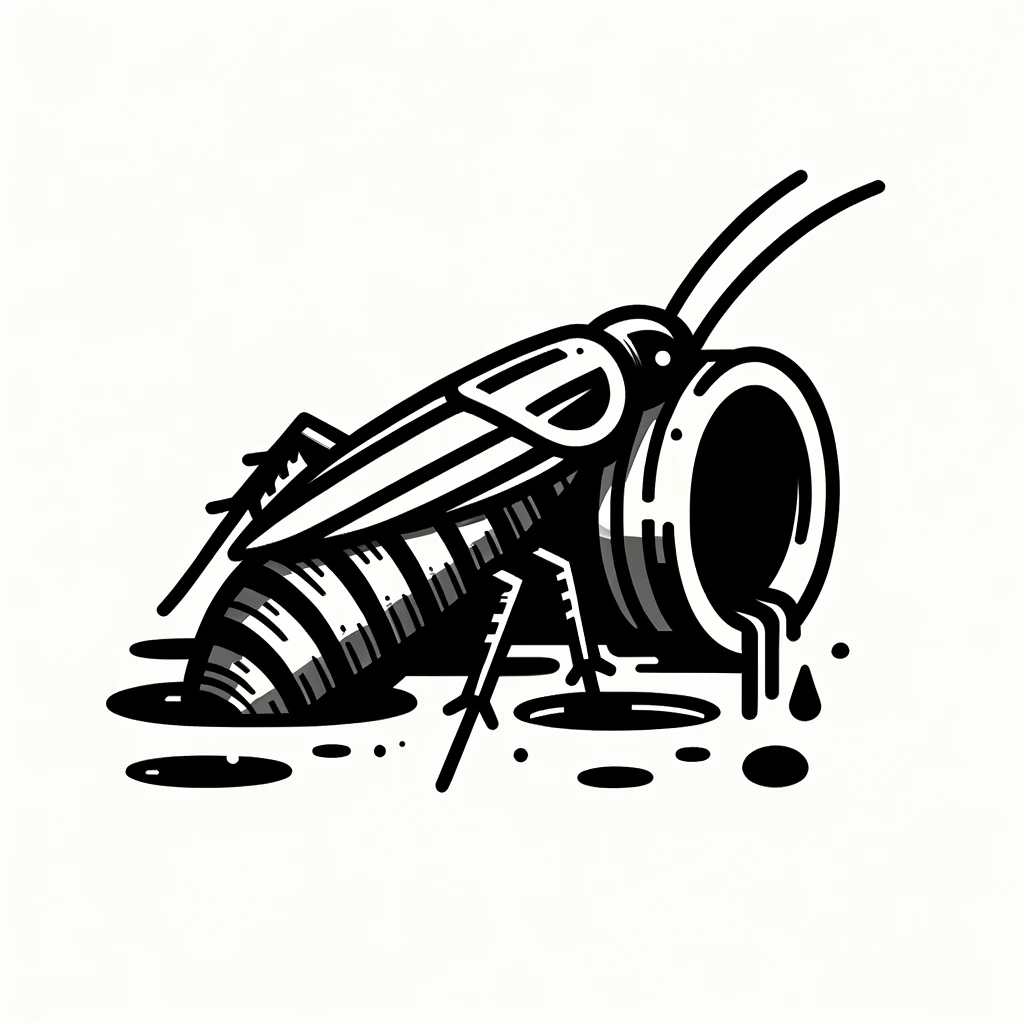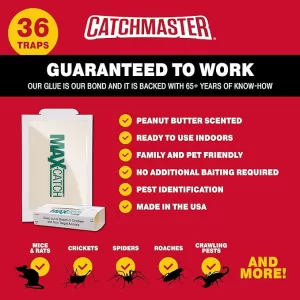What are Sewer Roaches? How to Get Rid of Them
 Sewer roaches, often mistaken for the common American cockroach, have garnered a notorious reputation for their unsettling presence in homes and businesses. These pests, emerging from sewers and drains, pose not just a nuisance but also health risks due to the pathogens they carry. This guide delves into the world of sewer roaches, highlighting the health risks they pose and sharing effective control and prevention methods to safeguard your environment.
Sewer roaches, often mistaken for the common American cockroach, have garnered a notorious reputation for their unsettling presence in homes and businesses. These pests, emerging from sewers and drains, pose not just a nuisance but also health risks due to the pathogens they carry. This guide delves into the world of sewer roaches, highlighting the health risks they pose and sharing effective control and prevention methods to safeguard your environment.
Understanding Sewer Roaches
Sewer roaches, primarily American cockroaches, thrive in warm, damp environments. They are commonly found in sewers and drains, making their way into buildings in search of food and water. Identifying these pests is the first step in addressing an infestation:
- Size and Appearance: Sewer roaches are large, typically around 1.5 inches in length, with a reddish-brown color.
- Habitat: They prefer dark, moist areas and are often seen in bathrooms, kitchens, and basements.
Health Risks of Sewer Roaches
The health risks associated with sewer roaches stem from their habitat. These pests can carry bacteria and viruses from the sewers into homes, contaminating surfaces and food:
- Disease Transmission: Sewer roaches can spread diseases like Salmonella, E. coli, and other pathogens.
- Allergies and Asthma: Their droppings and shed skin can trigger allergic reactions and asthma in sensitive individuals.
Effective Control and Prevention Methods
Eradicating sewer roaches requires a combination of cleanliness, exclusion, and targeted treatments.
Cleanliness and Sanitation
- Eliminate Food Sources: Store food in sealed containers and dispose of garbage regularly.
- Reduce Moisture: Fix leaks and ensure proper ventilation in damp areas to make your home less inviting to sewer roaches.
Exclusion Techniques
- Seal Entry Points: Inspect your home for cracks and gaps, especially around pipes and drains, and seal them to prevent roaches from entering.
- Regular Drain Maintenance: Keep drains clean and use drain covers to deter roaches from climbing up.
Targeted Treatments
- Baits and Traps: Use roach baits and traps to reduce the population.
- Professional Pest Control: For severe infestations, consider hiring a pest control professional who can provide a comprehensive treatment plan.
Conclusion
Sewer roaches are unwelcome guests that can pose significant health risks. By understanding these pests and implementing effective control and prevention strategies, you can protect your home and health from their impact. Remember, consistency in prevention efforts is key to keeping sewer roaches at bay.
- The Life Span of a Cockroach
- Do Cockroaches Eat Clothes?
- Do Cockroaches Have Teeth?
- Shrimps and Cockroaches
- Will Sleeping with the Light On Keep Cockroaches Away?
- How to get roaches out of your car overnight
- Do Cockroaches Feel Pain?
- How Many Legs Do Cockroaches Have?
- Comparing Cockroach Eggs Size for Different Types of Cockroaches
- Identifying a Cockroach Bite on the Lips or Face
- Black Water Bug Identification and Control
- Why Do Water Bugs Come Out At Night?
- What Does Roach Rash Look Like?
- Can Cockroaches Bite Your Eyelid?
- Can Cockroaches Live in Your Balls?
- How did cockroaches get their name?
- Why Do Cockroaches Shed Their Skin?
- What Smell do Palmetto Bugs Hate?
- Baby Palmetto Bug: Identification and Control
- Cockroach Eggs vs Poop: How to Tell the Difference
- How to Get Rid of Water Bugs
- How Long Can a Cockroach Live Without Air?
- The Lifecycle of the German Cockroach: From Egg to Adult
- Do Mice Eat Roaches
- Wood Roach vs. Cockroach

